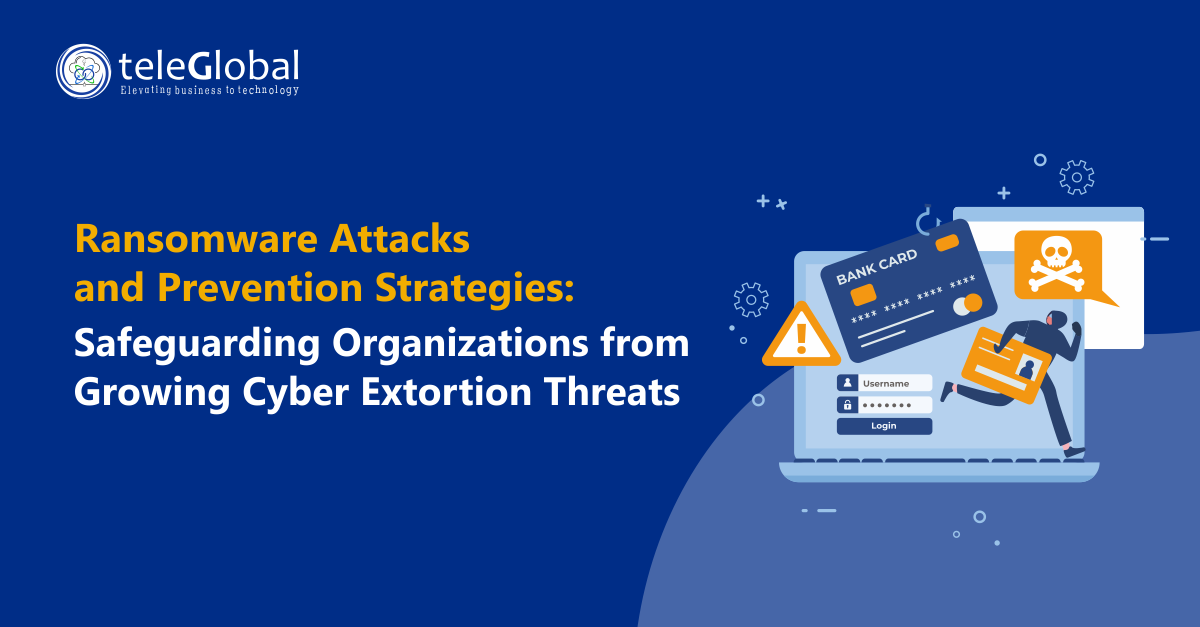
Introduction
In recent years, ransomware attacks have emerged as a formidable threat, causing significant disruptions and financial losses for organizations worldwide. Cybercriminals are constantly evolving their tactics, making it imperative for businesses to adopt proactive strategies to defend against these malicious attacks. This article delves into the nature of ransomware attacks, their impact on organizations, and effective prevention strategies to safeguard against the growing menace of cyber extortion.
Understanding Ransomware
Malicious software known as ransomware is created to prevent users from accessing a computer system or data until a ransom is paid. These attacks can take various forms, encrypting files or locking users out of their systems. Cybercriminals typically demand payment in cryptocurrencies, making it challenging to trace and apprehend them.
The Impact on Organizations
Ransomware attacks can have severe consequences for organizations of all sizes. Beyond financial losses, businesses may face operational downtime, reputational damage, and legal repercussions. Critical data may be compromised or permanently lost, posing a significant threat to the continuity of operations.
Evolution of Ransomware Tactics
Cybercriminals are increasingly sophisticated in their approach, employing tactics such as spear-phishing, exploiting software vulnerabilities, and leveraging social engineering to infiltrate systems. The use of advanced encryption algorithms makes data recovery without paying the ransom a complex and often unattainable goal.
Prevention Strategies
- Employee Training and Awareness: Educating employees about the dangers of phishing emails and suspicious links can significantly reduce the likelihood of a successful ransomware attack. Regular training sessions and simulated phishing exercises help build a culture of cybersecurity awareness within the organization.
- Regular Backups: Maintaining up-to-date backups of critical data is essential for quick recovery in the event of a ransomware attack. These backups should be stored securely and tested regularly to ensure their effectiveness.
- Patching and Software Updates: Cybercriminals often exploit vulnerabilities in outdated software. Regularly updating operating systems and applications helps close these security gaps, making it more difficult for ransomware to infiltrate systems.
- Network Segmentation: Implementing network segmentation isolates critical systems and limits the potential impact of a ransomware attack. If one segment is compromised, the infection can be contained, preventing the spread to other parts of the network.
- Security Software and Endpoint Protection: Robust antivirus and anti-malware solutions, coupled with advanced endpoint protection, play a crucial role in detecting and blocking ransomware threats. Regularly updating these security tools ensures they can effectively identify and neutralize evolving malware strains.







































